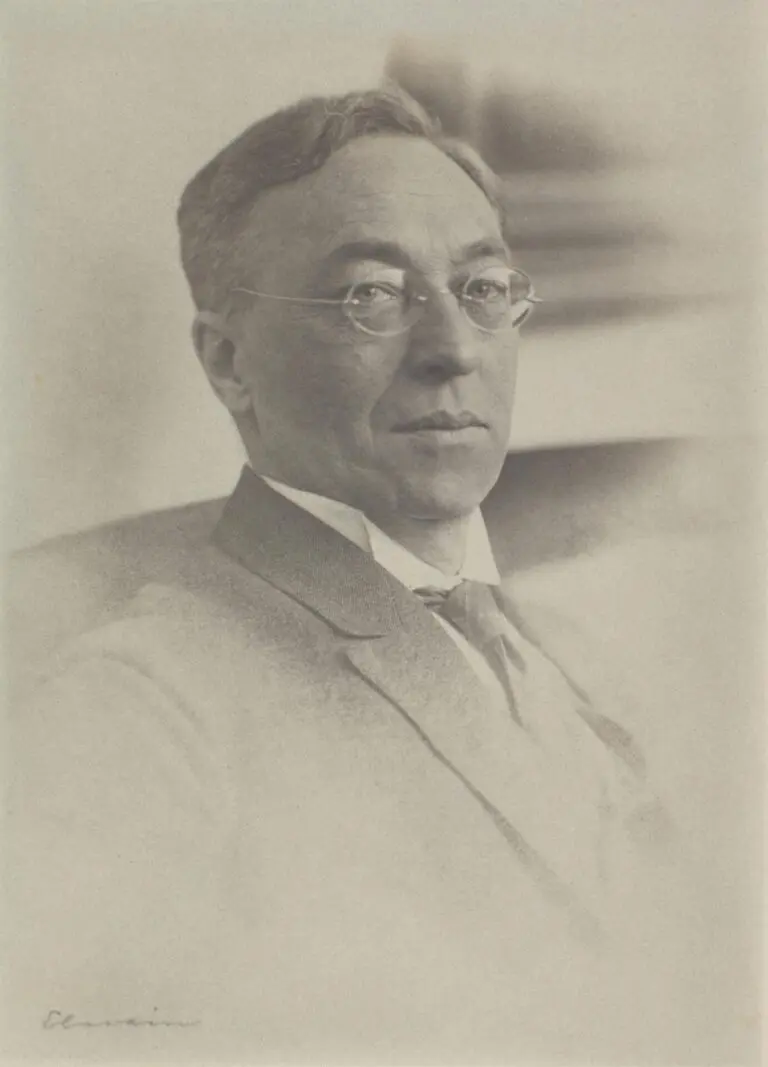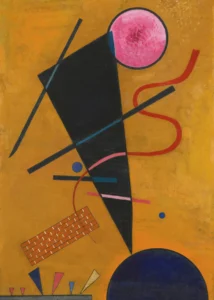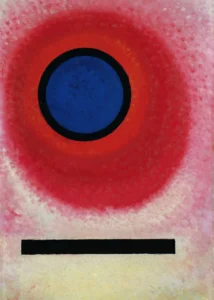Two Women in a Moonlit Landscape (1909–1911)
Two Women in a Moonlit Landscape is an exquisite painting by Wassily Kandinsky, created between 1909 and 1911. This piece marks a significant moment in the evolution of abstract art, showcasing the artist's innovative departure from traditional realism. The luminous moonlit setting and the two women embody the emotional and expressive qualities that define Kandinsky's approach. The use of vibrant colors and abstract forms alludes to a deeper emotional landscape, inviting viewers to immerse themselves in the scene.
1909 - 1911
About the Artwork
Wassily Kandinsky's Two Women in a Moonlit Landscape represents a key moment in his artistic journey, reflecting his transition toward abstraction while still retaining some figurative elements. Created during a formative period in the early 1900s, the artwork conveys the artist's exploration of emotion through color and form. Kandinsky, who initially pursued a career in law, found his true calling in art at the age of 30. His experiences in the vibrant art scene of Munich, and later his association with the Bauhaus school, profoundly influenced his work. This painting resonates with the essence of German Expressionism, hinting at the inner emotions and spiritual depth synonymous with Kandinsky's later masterpieces.
Did You Know
Wassily Kandinsky is often hailed as a pioneer of abstract art, with Two Women in a Moonlit Landscape capturing his significant transition from figurative representations to emotional abstraction during the early 20th century.
Kandinsky believed that visual art was akin to music, capable of conveying emotions without representational forms. His use of vibrant colors and dynamic shapes in this piece reflects his synesthetic approach to art.
This remarkable work is part of the collection at the Dallas Museum of Art, where it continues to inspire visitors with its innovative exploration of colors, forms, and emotional depth.










